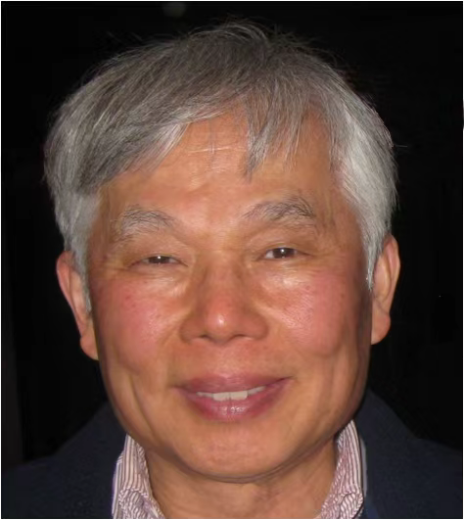講座時(shí)間:2024年6月13日 15:00-17:00
講座地點(diǎn):地質(zhì)樓204會議室
主持人:吳嘉 副教授

專家介紹:周義明,,中國科學(xué)院深??茖W(xué)與工程研究所特聘研究員,。他于1945年出生于臺灣,并在1968年獲得臺灣大學(xué)地質(zhì)學(xué)學(xué)士學(xué)位,,后于1974年取得美國約翰霍普金斯大學(xué)地球與行星科學(xué)系地球化學(xué)博士學(xué)位,,并在原校及NASA各當(dāng)兩年博后。在1979年到2013年的34年間,,他工作于美國內(nèi)政部地質(zhì)調(diào)查局(USGS),,并于2013年入職中國科學(xué)院深??茖W(xué)與工程研究所,,創(chuàng)建深海極端環(huán)境模擬研究實(shí)驗(yàn)室。周義明研究的研究范圍主要涵蓋實(shí)驗(yàn)地球化學(xué)的技術(shù)開發(fā),,地質(zhì)流體,、礦物及氣體水合物(包括天然氣水合物)在不同條件下的物理化學(xué)性質(zhì),。他在Science,、PANAS,、Geology,、EPSL,、GPL,、GCA等國際知名期刊上發(fā)表了200余篇論文,,論文總引數(shù)超過8000次。
講座內(nèi)容:Dr. Zhou’s talk focus on how to control and measure Redox in hydrothermal experiments. In addition to pressure (P) and temperature (T), oxygen fugacity is another important extensive parameter in hydrothermal experiments simulating natural geological processes, especially for those related to the stabilities of minerals and metal-chloride complexes in aqueous fluids containing multivalence elements. The oxygen buffer and Shaw membrane techniques have been widely used in these experiments, but they can only be applied for experiments above 500oC, because at lower T’s the permeability of hydrogen through the osmotic membrane of H2 commonly used in these experiments (e.g., Pt or Ag-Pd alloys) is quite low, and therefore, equilibrium control of the redox state of the sample cannot be reached in a reasonable experimental duration (weeks or month). Fortunately, their ability to control the redox state of hydrothermal experiments at lower temperatures became possible, when fused silica was used as the osmotic membrane of H2. Furthermore, the exact redox state of an experimental system can be checked by using the hydrogen fugacity sensor, in the form of either Pt capsule or fused silica capillary capsule, at temperatures above or below 500oC, respectively. Also, it is now possible to determine the redox state of a sample in an optical cell, with either diamond or fused silica window, at elevated P-T conditions by using in situ quantitative Raman spectroscopic analysis method.


